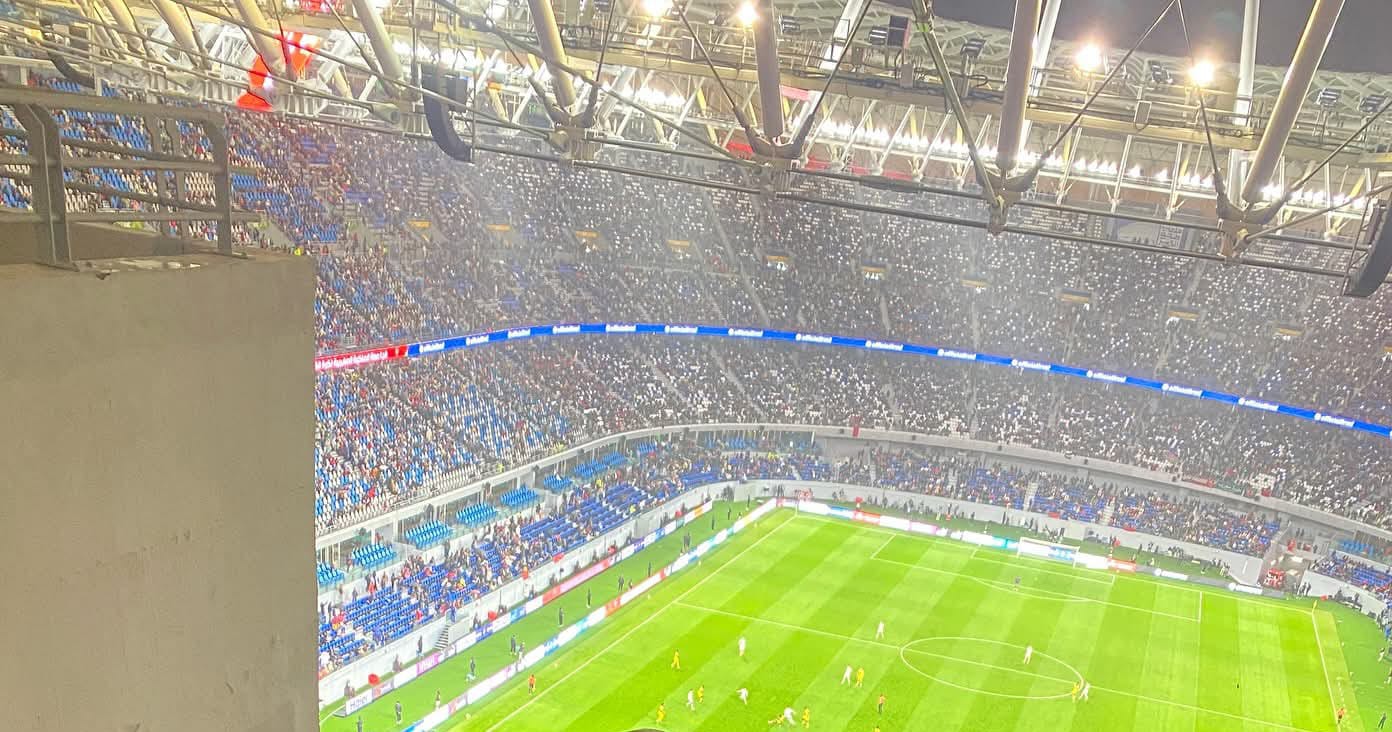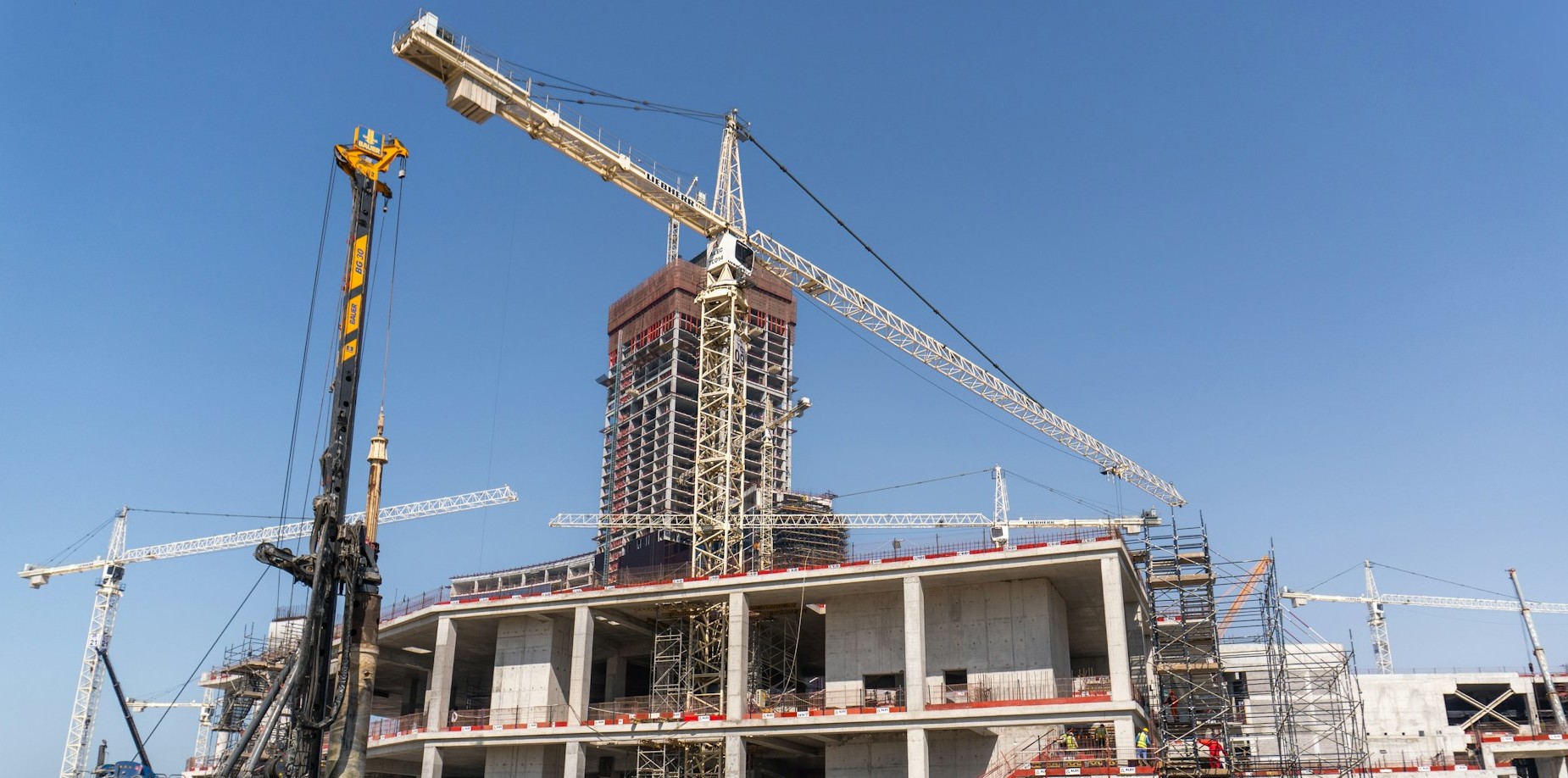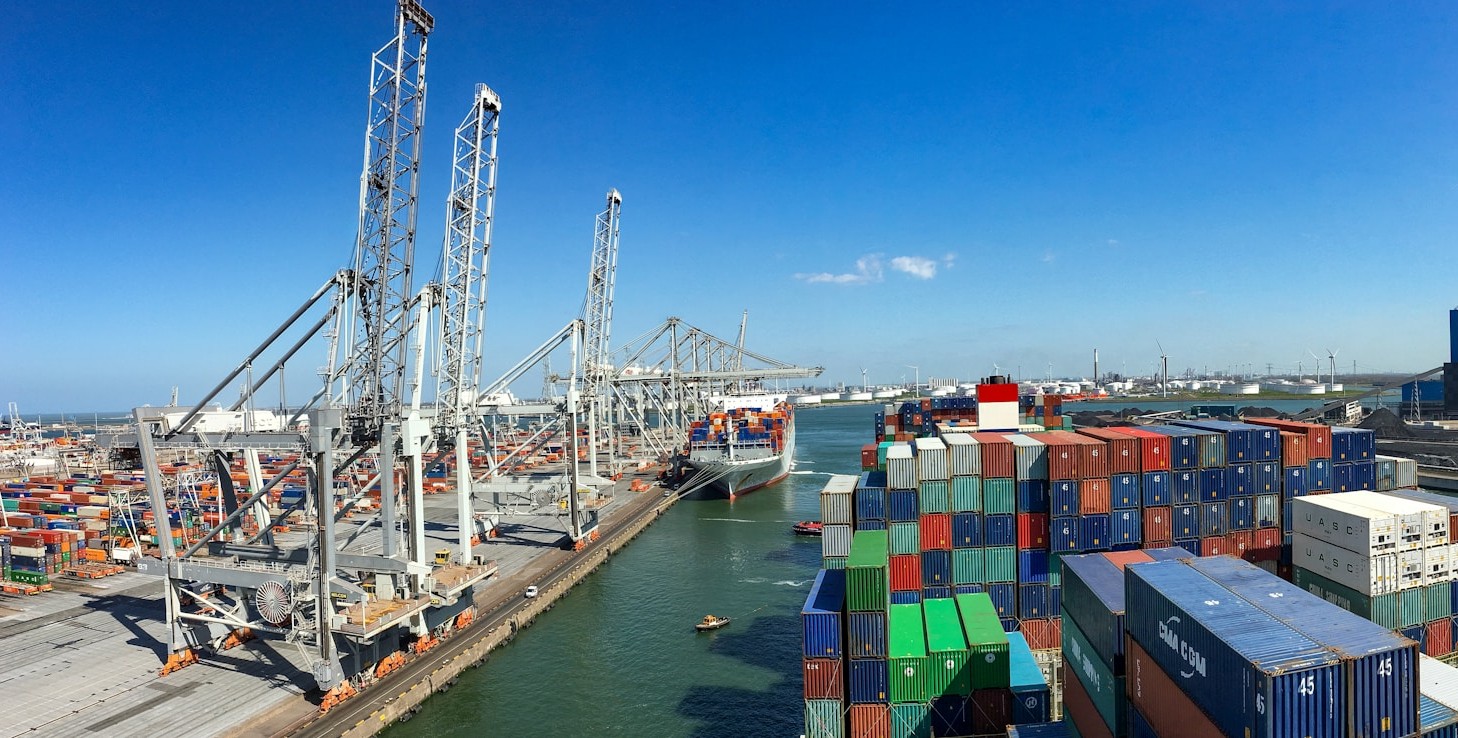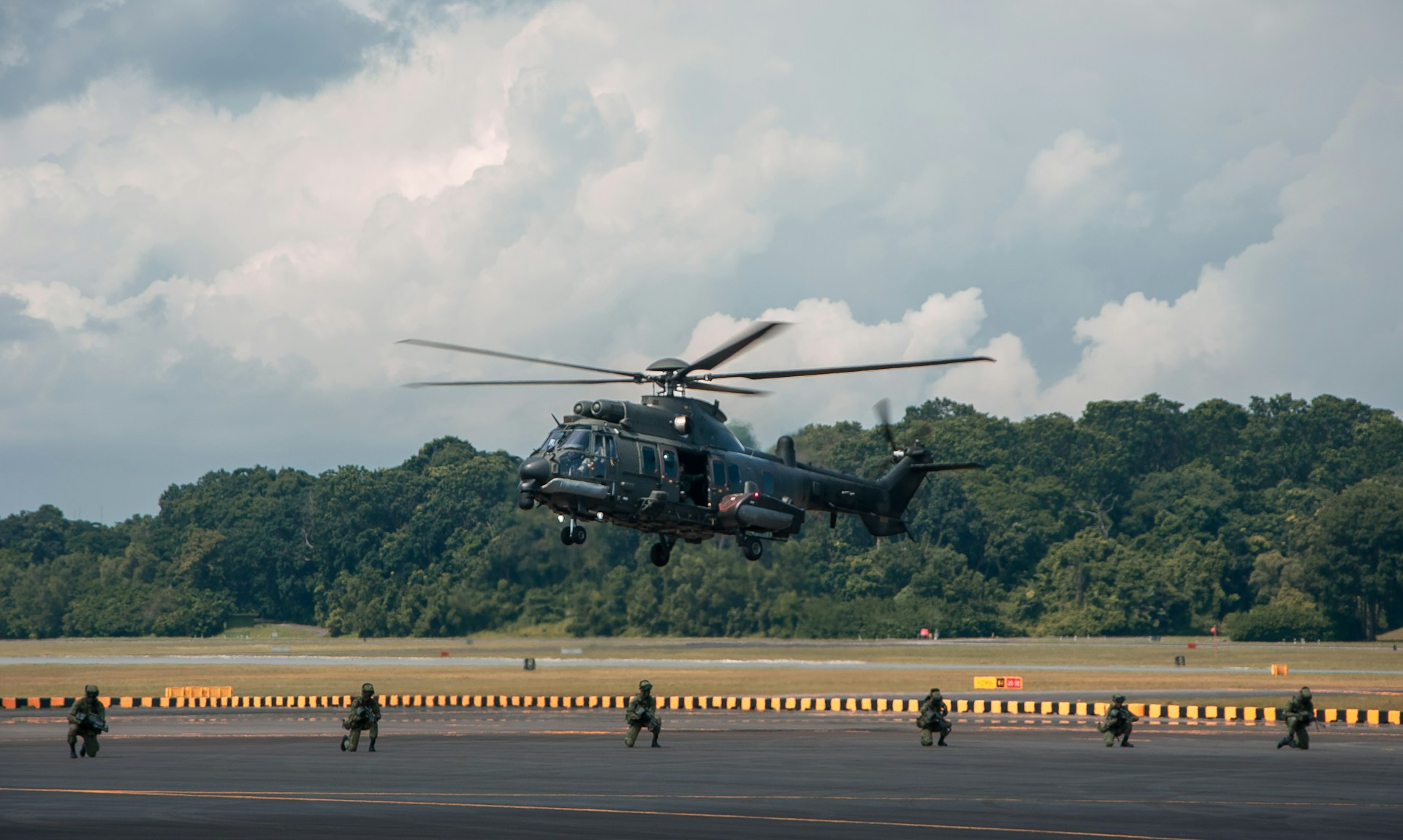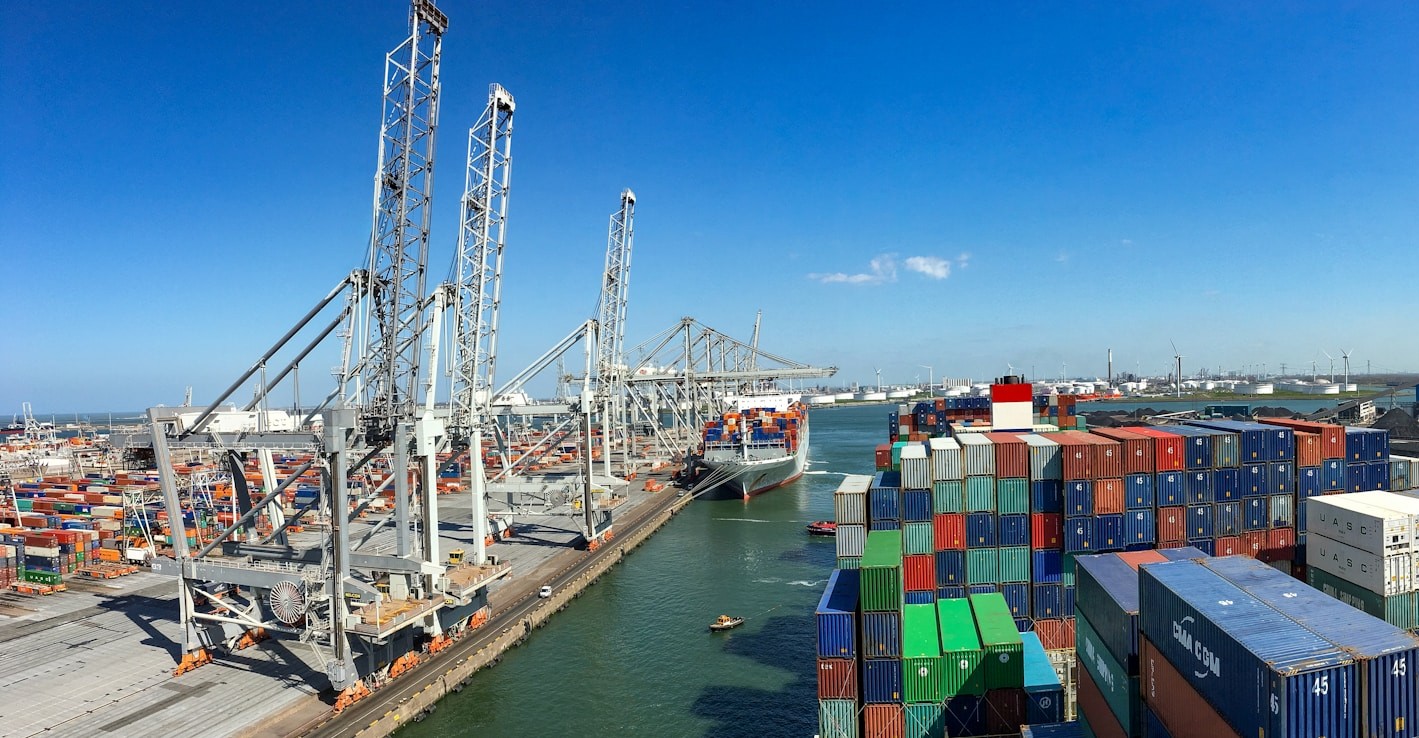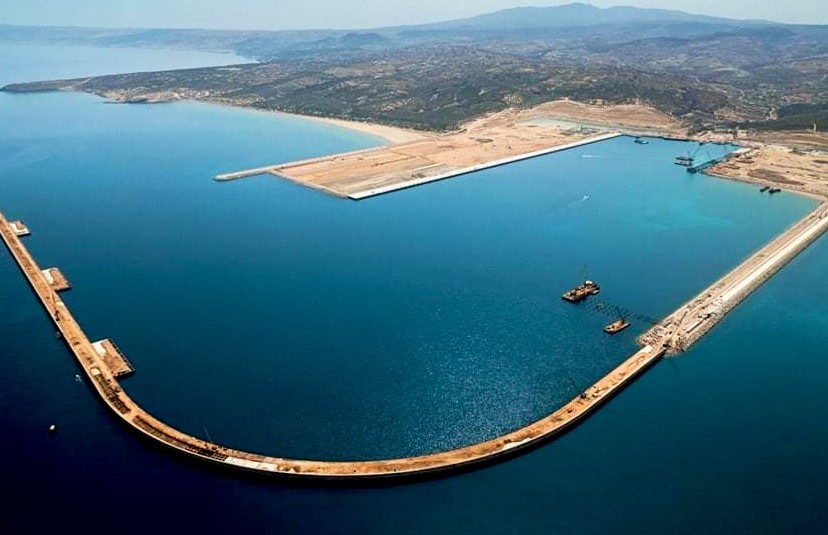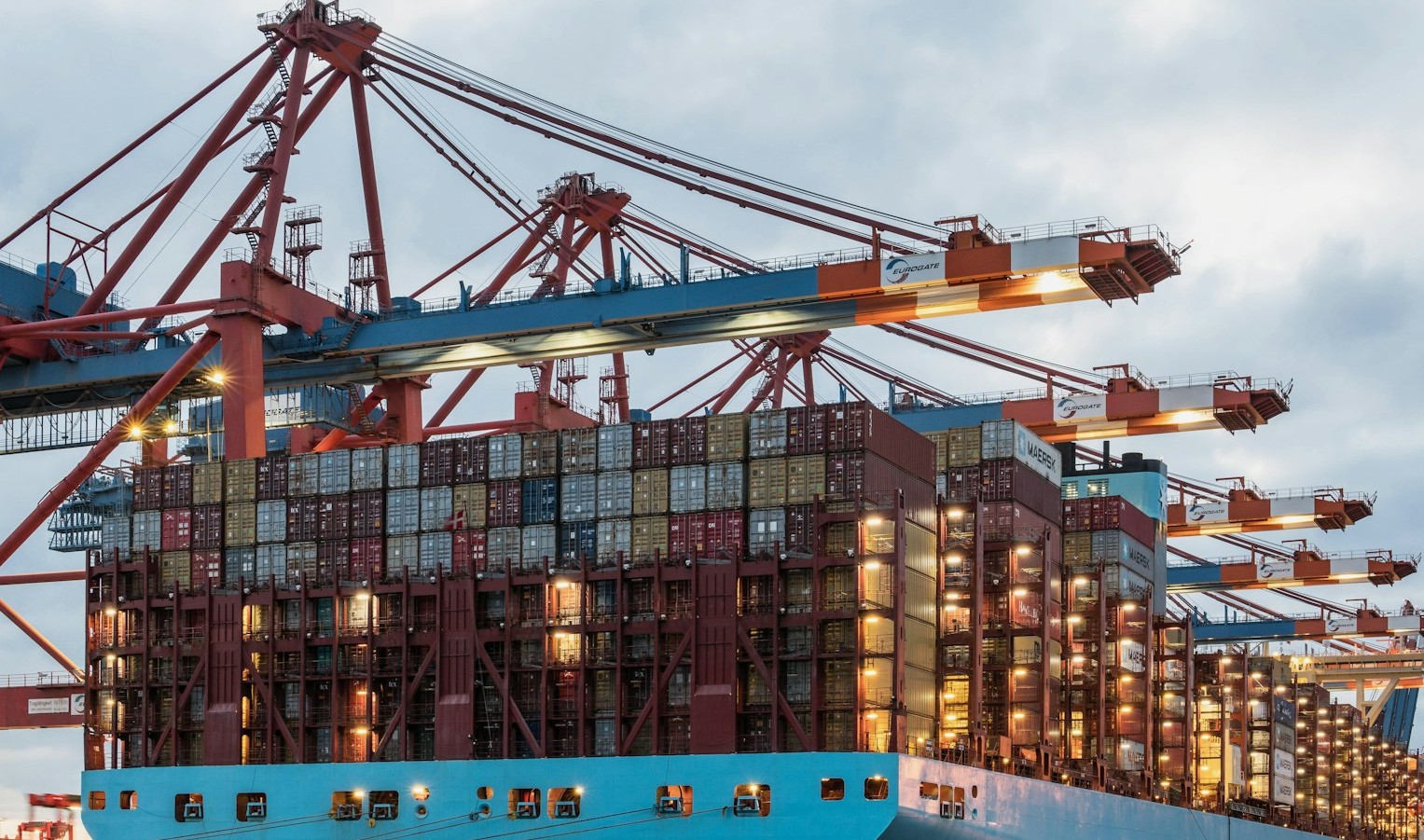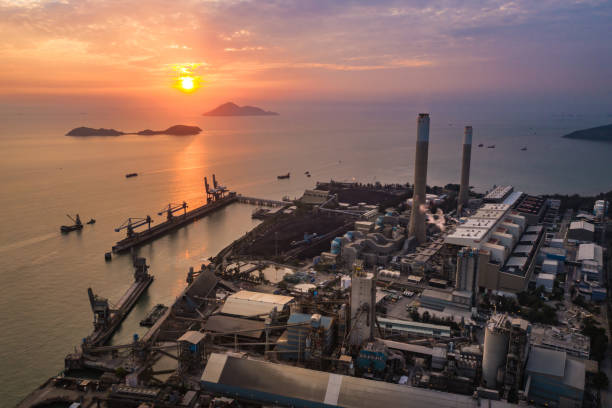Casablanca – Morocco is preparing to finalize its largest-ever commercial aviation deal, with the goal of expanding its national airline’s fleet and strengthening the country’s position as a key global transit hub. The agreement, centered around a major purchase from U.S. aerospace giant Boeing, is expected to be announced following a planned high-level meeting between King Mohammed VI and U.S. President Donald Trump.
According to reports from Bloomberg, the deal under consideration involves the acquisition of 70 Boeing aircraft: 20 wide-body 787 Dreamliners intended for long-haul routes, and 50 Boeing 737 jets to serve short- and medium-haul travel. The transaction is not limited to procurement but is also expected to include industrial partnership components, potentially advancing Morocco’s domestic aerospace manufacturing ambitions.
In parallel, Royal Air Maroc (RAM), Morocco’s state-owned airline, is engaged in separate negotiations with Airbus for the purchase of approximately 20 A220 aircraft, designed for regional flights. Industry insiders suggest that the Airbus portion of the transaction could be publicly disclosed during the upcoming Paris Air Show (Salon du Bourget), which would make it one of the most high-profile commercial announcements at the event.
These fleet expansions come at a pivotal moment for Morocco. As a co-host of the 2030 FIFA World Cup alongside Spain and Portugal, the country is undergoing a major transformation of its transport infrastructure. Expanding RAM’s fleet is considered essential for improving international access to Moroccan cities and accommodating the anticipated surge in travel volumes during the tournament.
Preparing for a tourism boom
Beyond the World Cup, Morocco is betting on sustained growth in the tourism sector. The government has set a target of attracting 26 million tourists annually by 2030—more than double the figures from a decade ago. Meeting this goal will require significant improvements in air connectivity, flight availability, and route diversity.
The current aircraft deal reflects this forward-looking strategy. By incorporating a mix of long-range, medium, and regional aircraft, RAM is positioning itself to serve a broader range of international and domestic destinations. The expansion is expected to enhance Morocco’s competitiveness as a tourist destination and reduce its dependency on European tour operators by developing more direct air links to North America, Africa, and Asia.
Strategic air hub for three continents
Morocco’s geographical location gives it a natural advantage as a bridge between Africa, Europe, and the Americas. Casablanca, in particular, has become a key transit point for passengers from sub-Saharan Africa heading to Europe or the United States. Many African countries lack direct flights to these regions, and Moroccan airports have emerged as convenient connection points.
Since the start of the Ukraine conflict and the suspension of several direct air links between Russia and Europe, Morocco has also played a new role as an indirect air route facilitator. Travelers from Russia heading to Asia or North America are increasingly using Moroccan airports as layover hubs, helping to consolidate the country’s strategic position in global aviation networks.
Industrial integration and economic development
A notable aspect of the expected Boeing deal is the inclusion of local industrial programs. This suggests a deliberate effort by Morocco to not only expand its aviation fleet but also to boost its aerospace manufacturing base. Morocco is already home to several suppliers for major aerospace firms, particularly in Casablanca’s industrial zones.
By integrating manufacturing or assembly components into the agreement, the deal could lead to technology transfers, skills development, and job creation. Such industrial offsets would support the country’s long-term ambitions to achieve greater economic diversification and technological advancement in high-value sectors.
Looking ahead
The aircraft acquisition plan marks a significant step in Morocco’s broader strategy to modernize its air transport infrastructure, attract more international visitors, and position itself as a leader in regional logistics and aviation services.
With the 2030 World Cup on the horizon and tourism demand steadily increasing, Morocco’s focus on expanding its air fleet—and pairing that with domestic industrial growth—signals a new phase in its economic trajectory. The upcoming agreements with Boeing and Airbus will not only boost RAM’s capabilities but may also have lasting impacts on Morocco’s global connectivity and industrial development.

